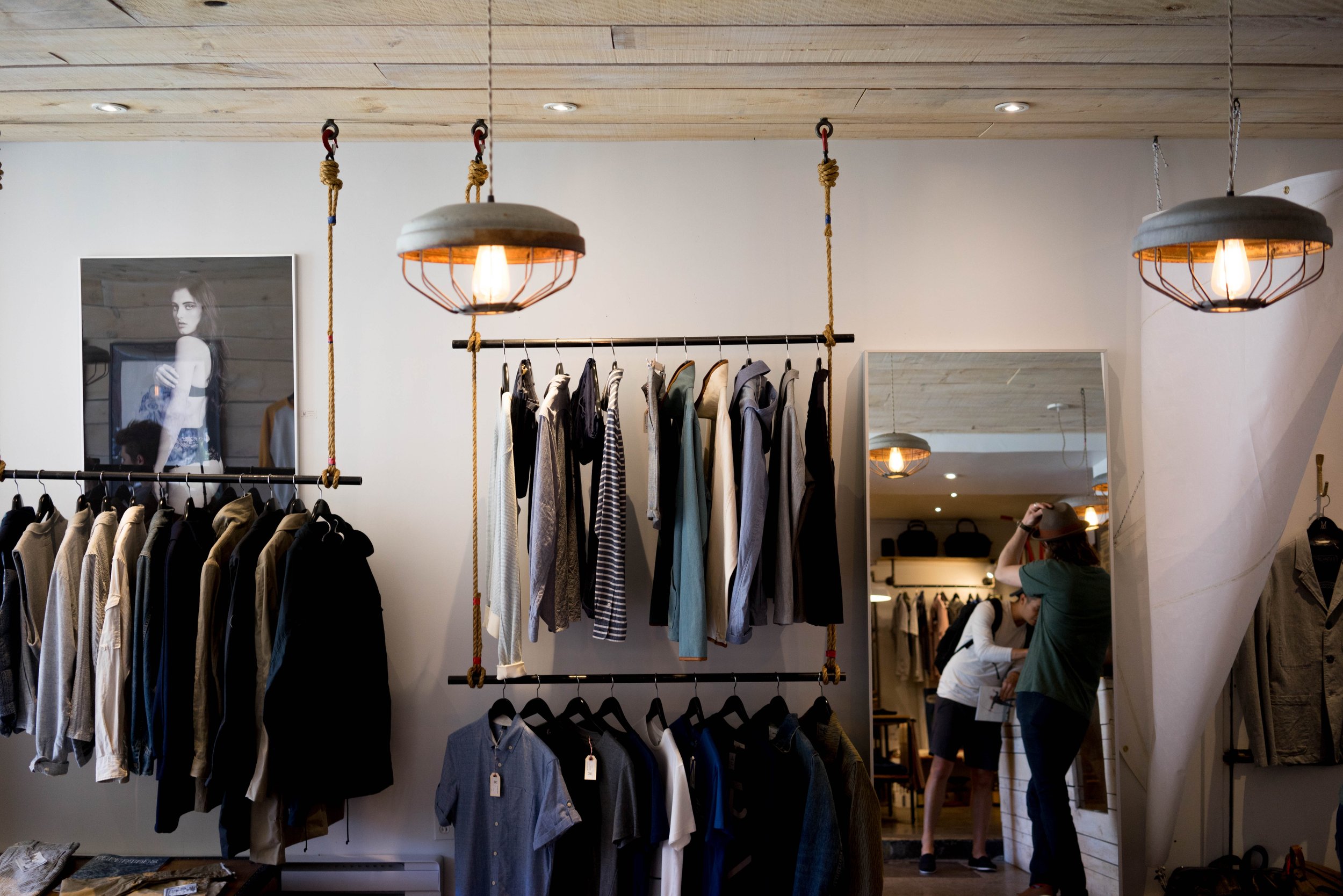The Impact of Social Media on Today's Boutique Fashion Trends
Wiki Article
A Deep Study the World of High-Fashion Runways: Understanding Clothes as Art
Designers, much like masterful artists, weave intricate stories through type, color, and material, challenging typical standards and redefining beauty criteria. As we check out these sartorial spectacles, we must ponder: what function does style play in forming social values, and just how does it mirror the ever-changing tapestry of human feeling and identification?The Advancement of Runway Reveals
The trajectory of runway shows has changed considerably over the years, advancing from special industry occasions to captivating eyeglasses that blend style with art. Generally, runway shows made love affairs, held in ateliers or tiny locations, largely gone to by buyers and market insiders. These early discussions concentrated on the garments' workmanship and industrial practicality, providing a sensible and direct screen of seasonal collections.As the fashion business broadened, the nature of path shows began to alter. The 1970s and 1980s marked a transforming point, with designers seeking to identify themselves with even more staged discussions. This period saw the increase of elaborate sets, choreographed designs, and thematic stories, declaring a brand-new age where the path came to be an experiential system. The programs changed right into a form of storytelling, where each collection communicated an unique story or principle.
In the last few years, innovation and social media sites have actually even more transformed runway programs, making them accessible to a worldwide target market. Livestreaming and electronic systems have equalized style, allowing lovers worldwide to witness these occasions in real-time (boutique fashion). This evolution shows a wider cultural shift, where high-fashion runways offer as a dynamic intersection of design, technology, and efficiency
Designers as Visionary Artists
Designers in the high-fashion industry have actually blurred the lines between functional garment production and the conceptual world of art. By embracing creative techniques such as sculpture, painting, and progressive installations, developers craft garments that test typical fashion standards and boost them to art forms.Visionary designers draw inspiration from a myriad of resources, consisting of abstract art, historical references, and personal narratives. They possess a distinct ability to visualize and materialize concepts that press the boundaries of conventional style, usually redefining aesthetic standards at the same time. This creative resourcefulness is showcased with dramatic silhouettes, cutting-edge products, and intricate craftsmanship, which welcome visitors to experience fashion as more than just wearable products.
In addition, the path works as a canvas for these musicians, where lights, songs, and set design coalesce to create immersive experiences. These presentations are not just screens of apparel but are orchestrated performances that evoke emotion and provoke thought, affirming the designer's function as a true artist in the contemporary social landscape.
Social Impacts in vogue
Cultural tapestry weaves its intricate patterns into the material of fashion, affecting developers worldwide. The dynamic interchange of cultural tales, traditions, and signs notifies and motivates collections that grace high-fashion paths.The impact of society on style is typically seen in the reinterpretation of traditional garments and patterns. For instance, the use of Japanese bathrobes, Indian saris, or African prints in modern fashion shows a blend of cultural credibility and contemporary aesthetic appeals. Developers such as Valentino's Pierpaolo Piccioli and Alexander McQueen's Sarah Burton have been known to include rich cultural themes right into their couture collections, equating background into wearable art.

Technology in Fabric and Design
Development in material and design consistently reshapes the landscape of high-fashion, pushing boundaries he has a good point and redefining possibilities. Recently, technological improvements have actually significantly contributed to this development, presenting products that test typical assumptions. Textiles embedded with smart fibers, qualified of transforming shade or managing temperature level, are no much longer constrained to the world of science fiction. Designers are significantly exploring the integration of technology, such as 3D printing, which permits the development of complicated frameworks that were previously visit unimaginable.Moreover, sustainability has actually come to be a pivotal theme in material advancement. The apparel industry is experiencing a surge in using eco-friendly products, derived from recycled plastics, natural fibers, and also eco-friendly components. These technologies not just offer brand-new structures and looks yet likewise address essential environmental worries. Designers are welcoming these materials to craft garments that are both aesthetically striking and aware of their eco-friendly footprint.
In terms of design, experimental types and avant-garde shapes are continually reinventing the path. By incorporating advanced strategies and unusual materials, designers cultivate garments that obscure the line in between style and art, establishing new criteria for creative thinking and expression in the high-fashion sphere.
Impact of Fashion on Culture
Fashion possesses an extensive impact on society, offering as both a reflection of cultural identification and a driver for social change (boutique fashion). Via its development, fashion has actually mirrored societal shifts, enveloping the zeitgeist of various periods.Additionally, style has the power to bridge cultural spaces, cultivating understanding and appreciation among diverse groups. As globalisation speeds up, the cross-cultural exchange of fashion ideas becomes increasingly significant, promoting inclusivity and diversity. The surge of streetwear, stemming from metropolitan subcultures, illustrates exactly how fashion can go beyond socio-economic borders, giving people a means of self-expression and empowerment.
Basically, style is not simply concerning visual appeals; it is a vibrant force that affects values, mindsets, and social progress (boutique fashion). By constantly communicating with social and social currents, fashion stays an indispensable part of the collective human experience

Conclusion
Designers, similar to visionary artists, orchestrate collections that mirror identification, emotion, and cultural stories, testing standard visual appeals. This crossway of style and virtuosity not just astounds target markets around the world however also affects societal perceptions and advertises a much deeper recognition for cultural variety.
Cultural tapestry weaves its intricate patterns right into the material of style, influencing developers around the world.Style wields an extensive influence on society, serving as both a representation of cultural identification and a stimulant for social modification.
Report this wiki page